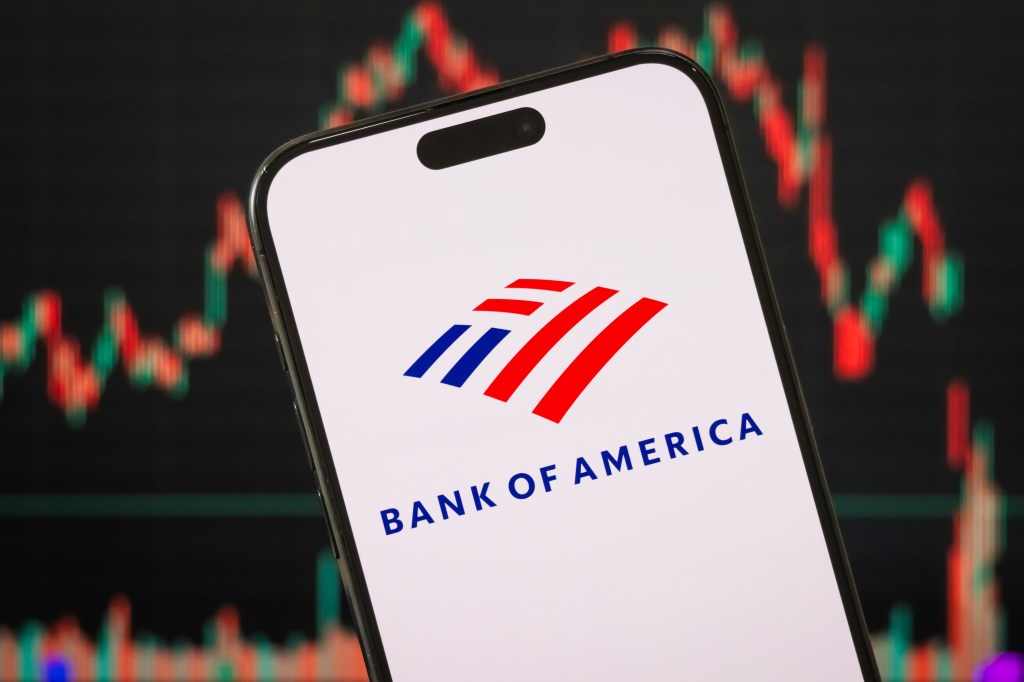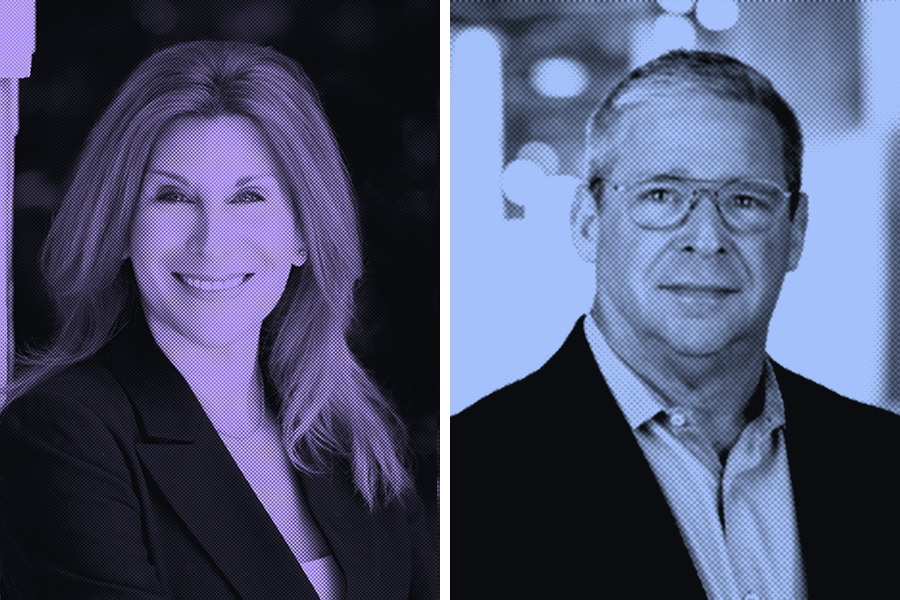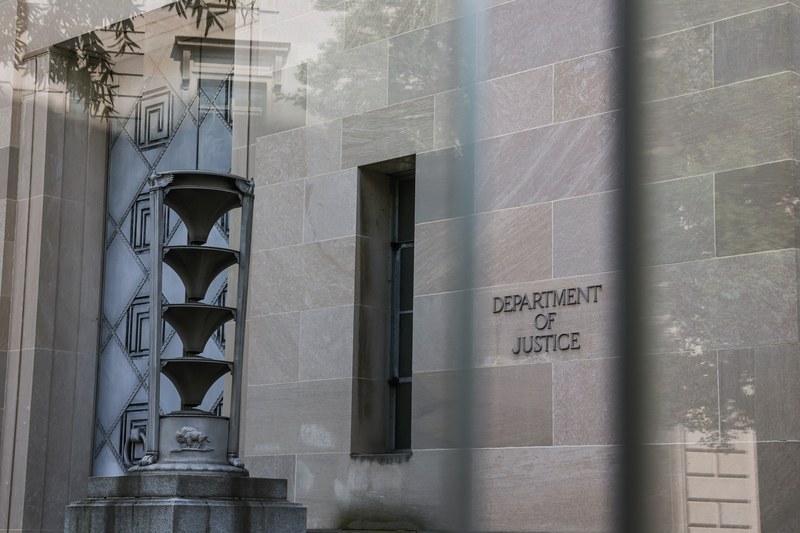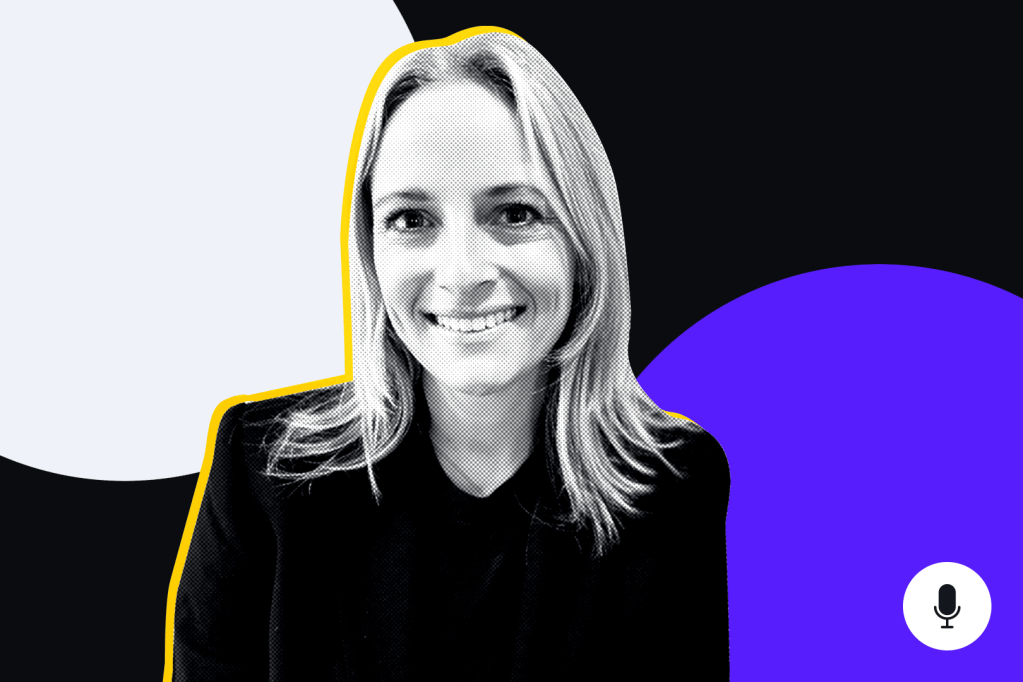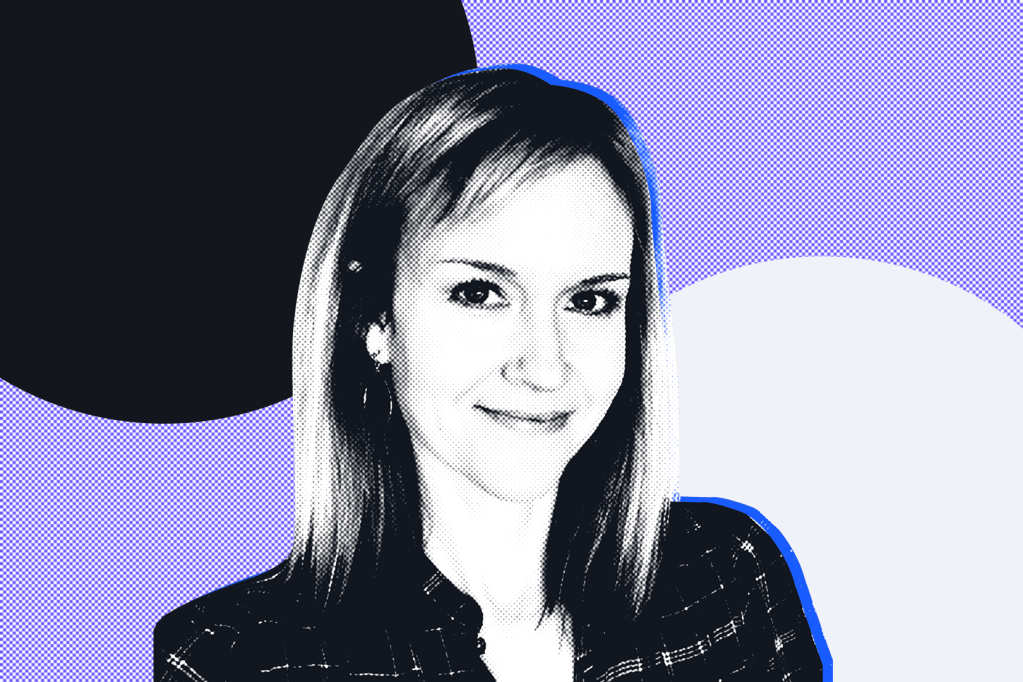This is a transcript of the podcast Jen Hoar on the corporate intelligence role in assessing risk between GRIP US content manager Julie DiMauro and Jen Hoar, founder and managing member of Sinclair Insight.
[INTRO]
Julie DiMauro: Welcome to a podcast brought to you by Global Relay Intelligence and Practice, or GRIP as we call it. I’m Julie DiMauro, US Content Manager. Our thought leadership website at grip.globalrelay.com offers an array of podcasts, articles, reports, interviews, and other content designed to help compliance and risk professionals globally.
Today, we are so pleased to have Jen Hoar here to speak with us about corporate intelligence and due diligence. I’ll let her introduce herself, but first welcome Jen, and thanks again for being here.
Jen Hoar: Thank you, Julie. I’m excited for our conversation, as always. I am the founder and managing member of Sinclair Insight, and what I do and focus on is, pretty much, provide intelligence and insight to clients, specifically through the modality of interviewing and engaging human sources on their knowledge of a variety of topics, usually related to companies, executives, and at times, topical issues.
Julie DiMauro: That’s extremely important added value to any company. Now, you’ve called it corporate intelligence. Can you define that for us?
Jen Hoar: Of course. Intelligence is often associated with, or that term of art is typically associated with, what the various government agencies do, but in the private sector or corporate context, it relates to information and insight that is collected through a variety of means, including by talking to sources, including by harvesting all of the wealth of information in public records to inform business decision makers.
Corporate decision makers who are considering a transaction, a partnership, an acquisition, or another type of business deal, and they want to go into that business relationship, knowing as much as they possibly can to ensure that they are mitigating risk, that they know who they are working with, and at times, even to optimize the strength and nature of the relationship they are contemplating.
Julie DiMauro: Now, Jen, how do corporate investigators and intelligence professionals work with compliance departments?
Jen Hoar: In a variety of settings, obviously for risk mitigation, providing a compliance department with information to make decisions, whether internally or externally with partners, clients, acquisition targets, to mitigate risk in any kind of transaction.
And there’s also a component where investigators are working in lockstep with compliance departments on intelligence and investigative projects that maybe another department within an organization needs to get done. And there are compliance considerations of how do you, for example, go out in the world and talk to human sources and make sure you’re doing that in the most upright and proper manner to mitigate risk for the organization and to ensure that the information is well begotten, as it should be.
Julie DiMauro: Now, Jen, I’m thinking about your external point of view, adding some critical value to a company’s internal analysis. How does your point of view sometimes get received? Do you face some resistance at times? How does that usually look?
Jen Hoar: Certainly there are instances where the information collected is inconvenient for a hypothesis or an intended business relationship or transaction. It doesn’t support the existing suppositions or hopes for what one would want to hear about an executive or a company or otherwise.
However, the virtue of being an independent third party is your job and your duty is to develop a comprehensive set of perspectives that best inform your client. And so I find that clients that become accustomed to working with corporate intelligence professionals and investigators, they know they will hear things that maybe they don’t like, but they still know that they are better off for having engaged that investigator to flesh out all of the different things that they should possibly know to be wide eyed in going into a business relationship.
I’ve had instances in working with clients throughout the years that especially, for instance, late in the process of contemplating a transaction, they engage an intelligence professional and the information collected again is not what they want to hear. Nevertheless, to their credit, they do take in that information and they factor it into what they are doing. Maybe they will still proceed with that relationship, but they will do so in a more cautious manner. They may put guardrails in place so as to reduce risk or they will structure the relationship differently as a result of that intelligence and insight provided.
Julie DiMauro: Terrific. Now, there’s risk management for clients that’s happening internally in an organization. How does your role play a function in all of that in working with those groups of people that are handling risk management internally?
Jen Hoar: I think it’s most potent and additive for what an internal team does in an organization as a really robust and, again, very importantly, independent and neutral research prowess that, if I’m on the outside and I’m working on behalf of an organization that is looking at working with acquiring, let’s say, a company, I, as Jen Hoar of Sinclair Insight, I provide an independence and a detachment that I can talk to sources and I don’t have a dog in the fight about what they say. I can really ask open-ended neutral questions that elicit and generate a very comprehensive view of a situation in a way that I couldn’t if I were party to the deal by working internally in that organization that’s contemplating the deal.
I would say that it’s one, I’m a professional interviewer and I talk to sources in a way that I’m trained to do that specifically, but also because I am separate from having a bias toward where the information should go. And that, I think, is supplementary as well as complementary to whatever that internal team is doing in an organization in planning whatever that business relationship is.
Julie DiMauro: Now, Jen, I am so curious about this. You’re a former journalist and right now you focus on talking to human sources for your work. How useful are source interviews? How did they fit in with other types of research? How did your background lend yourself to this current experience, work experience?
Jen Hoar: I’m incredibly thankful to have worked in journalism because the way that insatiable curiosity is rewarded in that profession made an impression on me and that continues to be the case in the career that I have now. And when you’re surrounded by extremely curious people who ask a lot of very good questions, you start to internalize it in the way that you conduct your life and your profession, which is exactly the case now. And I do believe, as an aside, I do believe curiosity can be taught and cultivated.
But when you’re in a profession, as you are still, and I was, where that is so essential to the conduct of the job, that really gets nurtured even more. And I think that in the profession I’m in now, in corporate intelligence and investigations, talking to sources really enhances, adds to, and in some cases is the only way to get information that is not available through other means. And I say that carefully and I need to be more specific, which is the information that human sources have, flesh out the portrait of what you can learn about a company or an executive.
So, for example, an executive, you may do public records research about them and you learn a lot about their professional, financial, and in some cases even personal profile. But if you really want to learn about somebody’s reputation, for example, you have to talk with people who worked with them. You can’t learn about somebody’s style, for example, leadership or executive style. You can’t really get a flavor for that from public records.
And a lot of times that’s what clients want to know when they’re thinking of, say, a private equity firm is going to acquire a company and they’re going to take on the entire management team. They want to know what is it going to be like to work with the CEO, CFO, COO. And you just can’t get a sense from what is printed on a page. So it goes beyond what you can learn on litigation, corporate records, other records that are very valuable. But I do find that talking to sources to get a sense of a person’s integrity, reputation, style, that really comes alive through conversations.
Julie DiMauro: Absolutely. I’m curious, when you’re talking to human sources, does the information that they provide often contradict other findings?
Jen Hoar: That can happen, certainly.
That means that there needs to be a reconciliation of understanding what the public records say versus what a source or sources have reported. And I would add to that that when one source, as you know, as a longtime reporter, when one source tells you something, one robin does not make a spring. You cannot make a story out of what one source said. So you have to go corroborate that or refute it through other source conversations and or public records. So all of these modalities of research talk to one and inform one another.
So that’s where I think that having access to all of these approaches in research and intelligence collection, that’s when things are really powerful in telling the story about what’s going on. Now, of course, as you know, when there are contradictions, you don’t throw away information that is inconvenient or anomalous. You work to try to understand how the pieces fit together.
Julie DiMauro: That totally makes sense. Now, I’m thinking about these sources. How do you invite their participation when you reach them? How do you make it so that they feel comfortable talking to you?
Jen Hoar: The most important thing to do that I feel I owe anybody who speaks with me is a full understanding of who I am, what I’m doing, why I’m doing it and how the information is going to be used. And that is not incompatible with also maintaining the discretion and confidentiality that I owe the parties that I work for.
So that includes covering when I contact somebody, that includes sharing with them who I am, what kind of work that I do, what’s my background, how I found them, how I contacted them, the nature of the research that I’m doing, and then how that information is going to be used and the assurance of confidentiality and anonymity to them. And that is something that I find really does invite that participation. Of course, people can decline for whatever reason, but I find that that at least furnishes people with the information that they need to decide whether or not they are comfortable with having a conversation with me.
And a lot of that goes back to my journalistic heritage. The least you can do and that you must do is identify yourself and the media outlet for which you work and explaining the story you’re working on. Of course, that’s a little bit more clear cut because the source knows that if I was Jen Hoar, when I worked at CBS News, they probably had heard of CBS News and they knew what CBS News does. I follow just a similar template, which is explaining the type of work that I do now and explaining what I’m going to do with the information.
And then the other thing that is comparable and analogous is when you’re a reporter and you allow the source to decide on what basis they want to talk to you. Is it on background? Is it on the record, et cetera? And similarly, while it’s completely confidential and anonymous when talking to a source in this context, of course, the information is going to be mobilized to inform a client. And again, that is also something that I think is important to share with a source to help them decide, do I want to do this or not?
Julie DiMauro: Thank you for that. Perfect. What role, getting back to due diligence and its importance in corporate America, what role does due diligence play, let’s say, in a transaction or a business relationship?
Jen Hoar: Due diligence is the process of vetting and understanding from as objective a perspective as possible, who you’re working, who you are thinking about working with, what is their reputation, and any other gaps in knowledge or insight you have about the particular parties you’re considering working with. And I think the focus has been magnified on the importance of due diligence, as we’ve seen a panoply of crises in the failures of due diligence. And what happens when an investor, for instance, doesn’t really know the good, bad, and neutral of the people that they’re working with, particularly the bad that may remain hidden. And so when I go into due diligence, I’m not assuming anything bad.
I don’t think that that’s intellectually rigorous to go into a conversation, assuming hunting for dirt. But at the same time, my duty as a researcher is to get a full perspective, good, neutral, and bad, if there is any, on a particular person or company. And then that is what enables the illumination of a real understanding of the targets of research that I’m doing on behalf of a client.
Julie DiMauro: Thank you for that. That was very helpful. When your due diligence work is complete, Jen, how do you present your findings to the managers who hired you?
Jen Hoar: The findings are presented in a written report, which always includes an executive summary of some type that captures all of the themes and intelligence insights that emerged across the collection of conversations that I had with sources. So the key findings of what really are the salient themes that came up about this executive, for example.
It’s not, oh, source A said this, so this is the truth. It’s across sources A through D, with the exception of sources E and F, it seemed that the executive really has an acumen for, really has a financial acumen and a decisive leadership style that enables his employees to do X, Y, and Z. And then there’s supporting evidence of that. A lot of clients do like to see a detailed recitation of what the sources said so they can read for themselves what was the substance of the conversations.
The follow up, sometimes there is follow up that clients want to pursue as a result of either anomalous findings from certain sources, especially if they are inflammatory, as I said earlier, one robin doesn’t make a spring. If one person says something really controversial, we can’t use that as a fact about an executive, but maybe that’s something worth pursuing in additional conversations, in open source research, et cetera.
And one thing that bears mentioning is that I just alluded to a moment ago is when sources share, even when there’s consensus that builds around what a bunch of people say, I do like to say that what sources share are impressions from which themes and narratives emerge. I don’t treat what somebody says, especially if it’s just one person, as a fact. Facts can emerge once you start to see what builds as a result of asking the same questions of a number of people.
Julie DiMauro: Yeah, and I want to go back to skills for a second. You talked to us about the skills needed for the role of interviewing in the course of your due diligence work and how your journalist background helped inform that. How can your skills that you have now that you’ve built up in your current role be parlayed into other work roles and corporate functions?
Jen Hoar: I do want to highlight that the most important skill is one that you don’t need to learn at school or have a degree in. But in order to be a good question asker or interviewer, you need to be a really good listener. And I know that’s annoying and repetitive to hear, but the best insights are harvested through follow up questions to what someone has shared and you have to keenly listen in order to do that.
So I do want to highlight that because that does affect the answer to the rest of your question, which is that I think that anyone in any role, whether you go in the world and interview sources, whether you’re in sales or business development and you deal with customers and clients, that’s the focus of your role and your responsibilities.
Or you’re in a meeting with your colleagues internally, listening and asking really incisive follow up questions to make sure you understand what you’re saying and to amplify your knowledge of what’s going on and your team and your organization and your clients’ teams and organizations so you can address their pain points in talking to external stakeholders about or competitors even about what’s going on for them.
Listening and asking really detailed follow ups on what you’ve heard, whether it’s to confirm your understanding, whether it’s to go deeper on something that somebody said, that is a game changer in how one can execute one’s role. And you don’t need to be a journalist or a corporate intelligence professional to find that to be beneficial.
Julie DiMauro: Thank you so much, Jen, for sharing your experience and great insights and joining us today.
Jen Hoar: I love talking about my work and I appreciate the opportunity to do so with you.
Julie DiMauro: Thanks to our listeners for tuning in as well. We hope that you will continue doing so by checking out grip at grip.globalrelay.com and by following GRIP on LinkedIn. Have a wonderful day, everyone.

